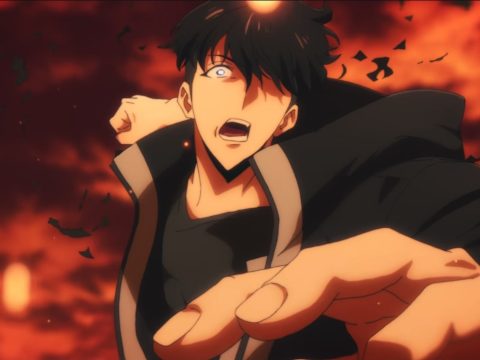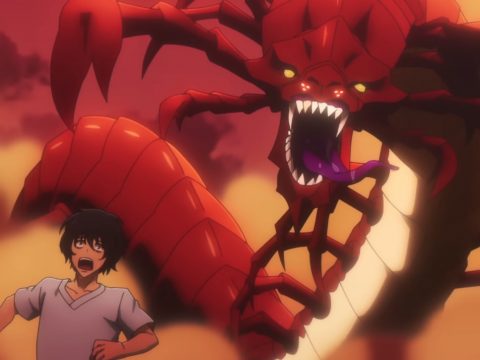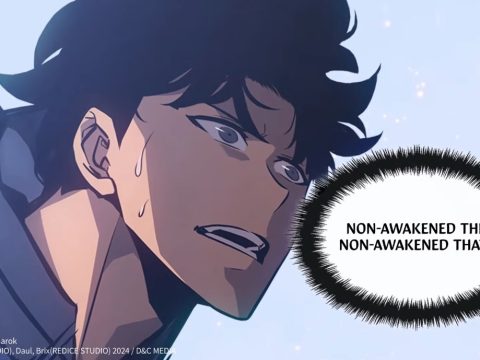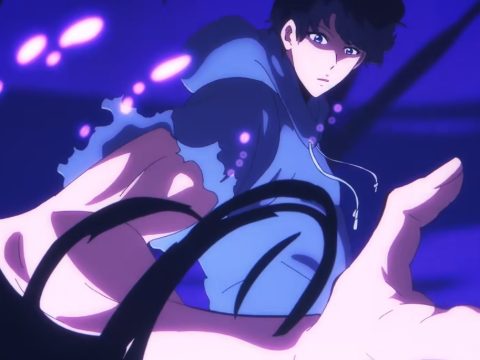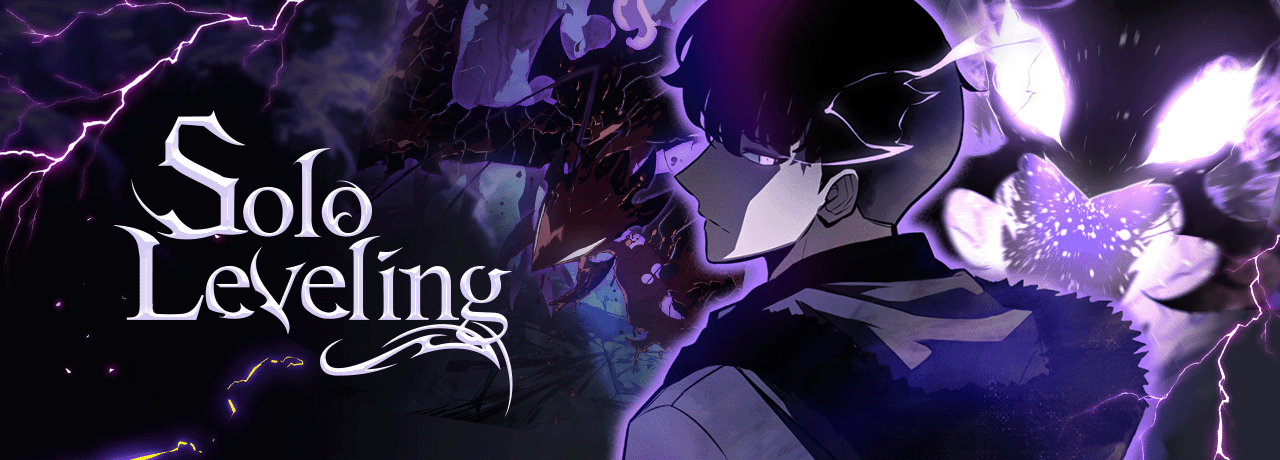
Anime series like Solo Leveling are based on webtoons, or Korean digital comics. With webtoons getting more popular in America, and with them having more influence on anime, Otaku USA spoke with Regina Han, the Chief Webtoon Producer at Kakao Entertainment Corp., about the history of webtoons, the difference between webtoons and manhwa, and how webtoons and manga influence each other.
What’s the difference between manhwa and webtoons?
‘Manhwa’ simply means ‘comic’ in Korean, but in Korea people mostly think of it as something that’s been printed. ‘Webtoons’ are comics optimized for mobile platforms.
Webtoons originated in Korea. It all began in 2003 with the publication of Kang Full’s Love Story on an internet portal called Daum. The popularity of this work sparked the genre’s popularity and led to the establishment of Daum Webtoon (now known as Kakao Webtoon) and marked the birth of the world’s first webtoon platform.
Another important point is in Korea, the term “webtoon” is a proper noun that represents both a cultural phenomenon and a significant content industry that is enjoyed by people from their teens to their fifties. Some of the most original narratives that are popular around the world are webtoons, including titles such as Solo Leveling, A Business Proposal, What’s Wrong with Secretary Kim, Moving and Itaewon Class.

You’ve been in the industry since the world’s first webtoon platform (Daum Webtoon, now evolved into Kakao Webtoon). Can you tell us about your experience with webtoons, specifically about how big have they become?
In the early days, when the webtoon industry was in its infancy, you could count the number of producers in Korea on your fingers. I can think of four major milestones that shaped the industry trajectory.
First, the emergence of market formation around 2010.
The widespread adoption of PCs and smartphones facilitated the creation of online spaces where creators could easily share their works and engage with readers in real-time. This direct interaction between writers and readers gave rise to unique cultural phenomena such as weekly serialization, scrolling formats, life cartoons, commenting, and quick editing. Before that, it was hard for young creators to publish their work through traditional mediums such as video and books, and only a few had the opportunity. The accessibility of webtoons opened doors for talented young people, leading to an impressive response from readers who are in their teens or 20s.
Second, the success of webtoon-based TV/film adaptations.
Films such as Secretly, Greatly (webtoon launch 2010, film 2013) and dramas like Misaeng (webtoon 2012, TV drama 2014) were breakout successes, effectively bringing webtoons into the mainstream. Previously, films based on webtoons had limited popularity due to the medium’s nascent status. However, the success of these iconic adaptations elevated the visibility of webtoon authors and gave legitimacy to their profession.
Let me put it this way, artists used to describe their career to their family, or an audience unfamiliar with webtoons that they were a ‘cartoonist’ or ‘animator.’ After this point, they could now confidently say that they are a ‘webtoon creator.’ This period also marked a personal transition for me from a web service planner to a full-time webtoon producer, amidst the industry’s gradual expansion. There were so few of us that even the developers and designers I worked with in the company didn’t understand the specifics of the job.
Third, the progression from free webtoons to paid content.
Webtoon started to become paid content from mid-2010s and this was established right before the Covid19 pandemic. Different players in the industry paved the way for monetization, but the definitive moment came when Kakao Entertainment introduced the ‘wait or pay’ system in their platforms, modeled after mobile gaming. This in tandem with growth of genre webtoons and web novels solidified the culture of paying for webtoons.
As the paid market for webtoons grew, it expanded rapidly, creating a structure that allowed for content reinvestment. The number of webtoon production companies exploded, and the division of labor in webtoon production became possible, creating positions with different specialties such as text, storyboard, line drawing, background drawing, coloring, and editing. This development from culture to an industry was possible because people realized that webtoons were profitable. Furthermore, global blockbusters like Solo Leveling marked a turning point in the perception of those in the industry who were skeptical about the growth of webtoons.

The final milestone is expansion of intellectual property (IP).
Since 2020, webtoon’s expansion has been notable. Webtoons are now exported beyond Korea to Japan and the U.S., as well as being used for source materials for countless K-dramas and films. With this, webtoons are increasingly viewed as valuable original IPs for various mediums such as video, publishing, merchandise, and games.
As you can can see, Korea’s webtoon industry grew step by step along with key success cases. Kakao Entertainment wants to share such development with our readers worldwide and are exploring new ways.
How are Korean webtoons and Japanese manga similar and different? Do they influence each other?
The emergence of webtoons coincided with the struggles of print comics such as manhwa, manga to adapt to the online market. The early attempts to use scans of printed comics on mobile devices proved challenging, with issues like fragmented images. Webtoons timely filled this gap, pioneering web/mobile-optimized production and service methods.
The webtoon’s offering of being digital, vibrant colors, seamless scrolling, weekly serialization, quick editing, and real-time reader comments on the platform – allowed for inflow of new readers. Furthermore, the easy accessibility of webtoons allowed for existing Manhwa/Manga audience usually in their teens to their 20s, to be expanded from teens to 40-50s. The genre also diversified with webtoon, from primarily fantasy (Manga’s specialty) to slice-of-life, realism, romance, and thriller. The genre expansion laid the groundwork for the emergence of live-action adaptations.
I believe that currently, webtoon and manga is evolving together, influencing each other, and leveraging their respective strengths. Elements once considered exclusive to webtoons, such as vibrant colors and scrolling formats, are increasingly experimented with in manga. Conversely, traditional manga techniques like black-and-white artwork and page editing (swipe-type) are being adopted in webtoons.
Readers are good at intuitively grasping the differences between webtoons and manga. As someone who grew up immersed in manga and anime culture, and who is now deeply involved in the webtoon industry, it is joyful to see developments from both sides. I do think that it is necessary that just as manga has its own place in America, webtoons need to have its own place.
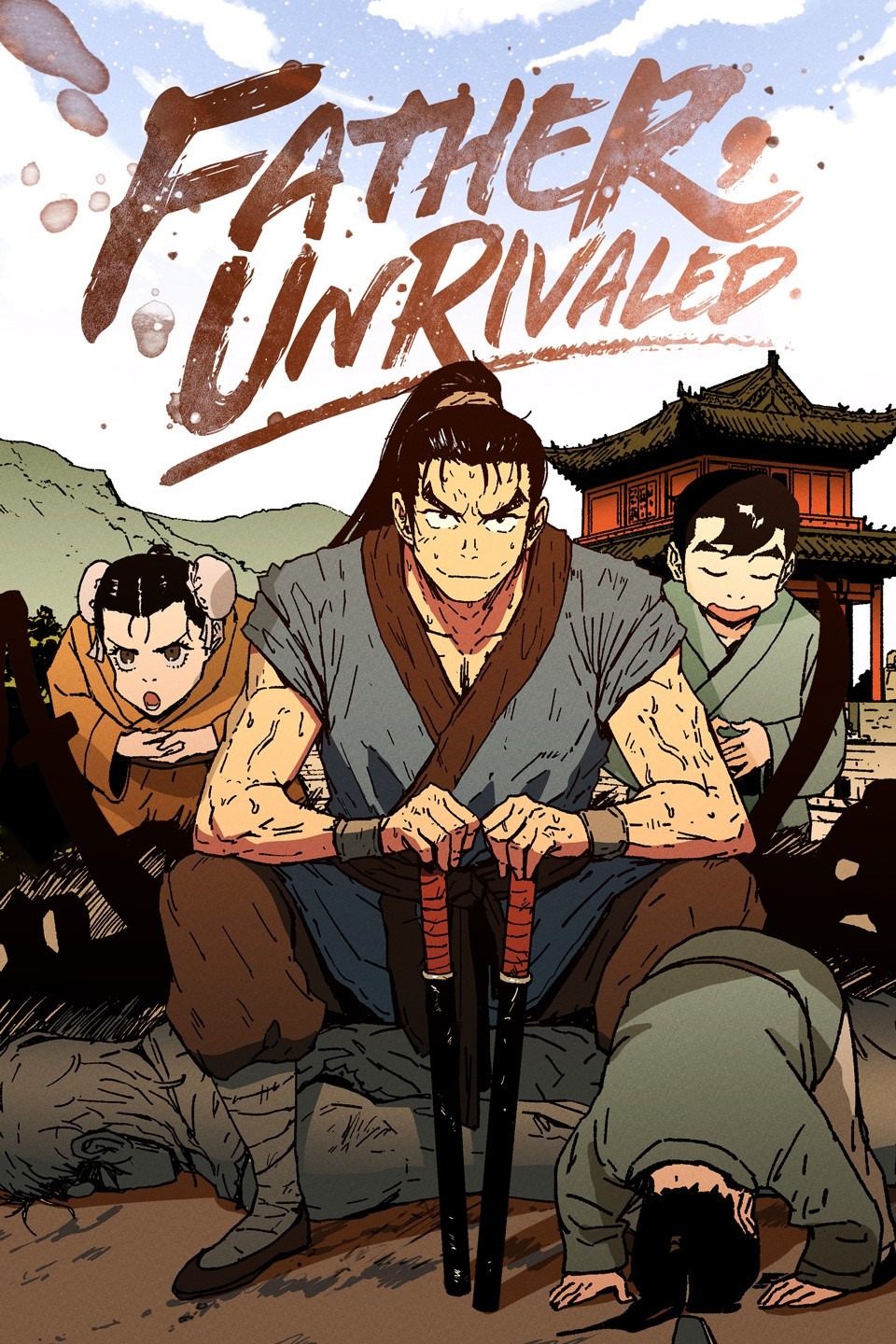
Do you have any recommendations on where people get started if they’re curious about webtoons?
Kakao Entertainment has webtoon and web novel platforms worldwide, including Kakao Webtoon and Kakao Page in Korea, Tapas in North America, and Kakao Webtoon in Asia. For U.S., readers – I highly recommend exploring Tapas, which offer meticulously localized versions of acclaimed Korean webtoons in addition to stories from American creators.
Navigating the vast array of webtoons can be daunting, especially for those new to the medium. If you’re unsure where to begin, try selecting works that feature protagonists who resonate with your background and age group.
Since webtoons heavily rely on artwork to convey stories, starting with a visual exploration can lead you to discover works that align with your preferences.
Notably, many romantasy series on Tapas have garnered praise in Korea, making the section a worthwhile destination to gauge artwork, character dynamics, and reader feedback.
Here are some of my recommendations to get you started:
– Solo Leveling: A worldwide phenomenon and trailblazer of the Noble to Comics genre. It’s the icon of Korean webtoon.
– Father, Unrivaled: A Korean martial arts piece, this emotionally resonant story touches upon meaning of fatherhood.
– Charlotte and Her 5 Disciples: Perfect for fans seeking action-packed narratives within a romantasy setting.
– Secret Relationships: Ideal for newcomers to the Boys’ Love (BL) genre, this series captivates with its compelling writing and intricate character relationships.
– A Business Proposal and Itaewon Class: Catering to enthusiasts of K-Dramas, these titles offer glimpses into the thrills of office romance and the triumphs of business success and camaraderie respectively.
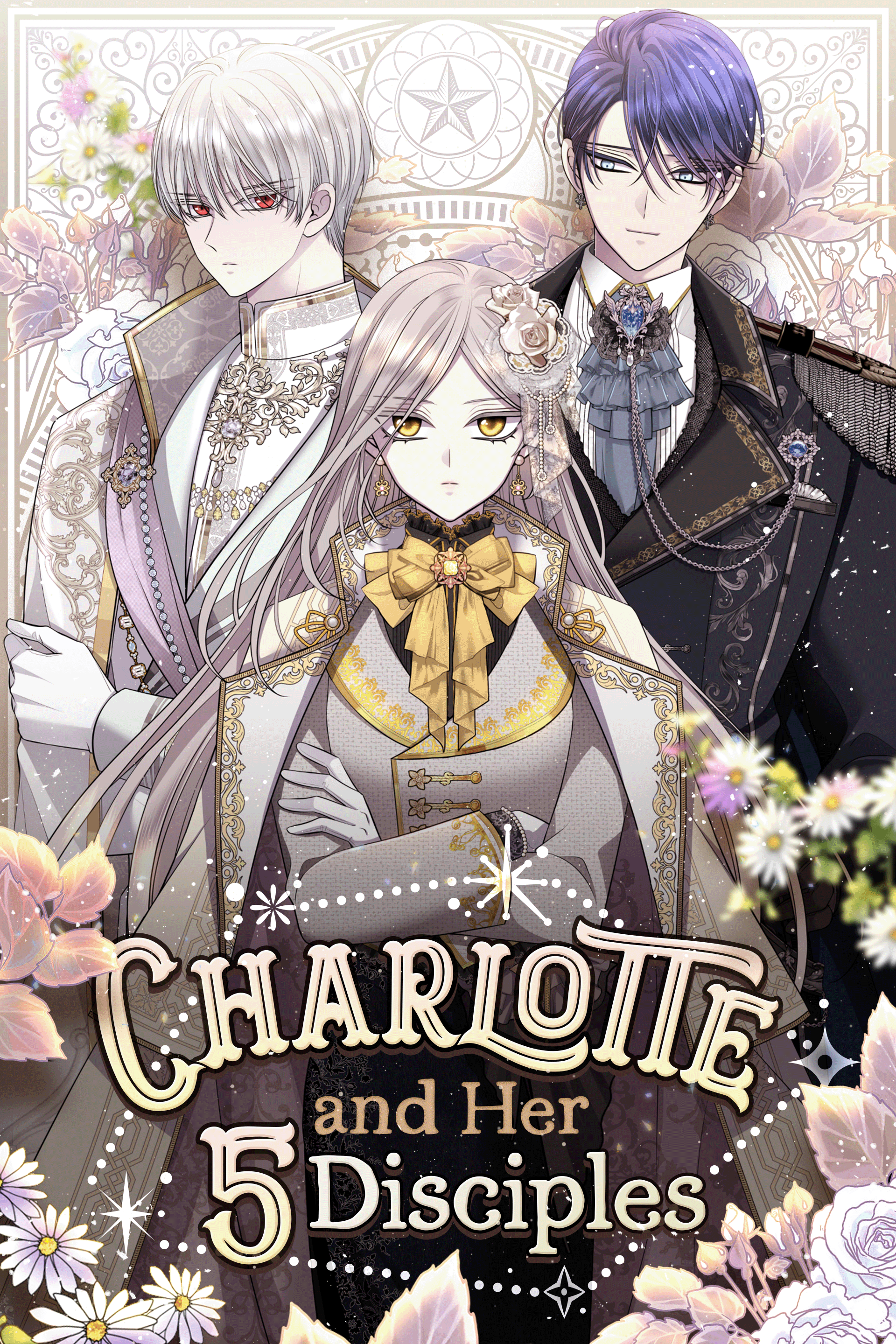
Is there anything else you think American fans ought to know about webtoons?
Observing webtoon services and reader engagement in the United States evokes a sense of nostalgia similar to the early days of webtoons in Korea. It’s really gratifying to see that creators having the opportunity to showcase their work, communicate directly with their audiences, and even earn income. I hope that the culture of rapidly disseminating content through illustration and storytelling gains traction in the U.S. and inspires more people to pursue webcomics as a viable career path. I also hope that the friends/families of creators will become more familiar with the work! The more people understand, the more validation they’ll receive.
Images Provided by Kakao Entertainment Corp.
____
Danica Davidson is the author of the bestselling Manga Art for Beginners with artist Melanie Westin, plus its sequel, Manga Art for Everyone, and the first-of-its-kind manga chalk book Chalk Art Manga, both illustrated by professional Japanese mangaka Rena Saiya. Check out her other comics and books at www.danicadavidson.com.



